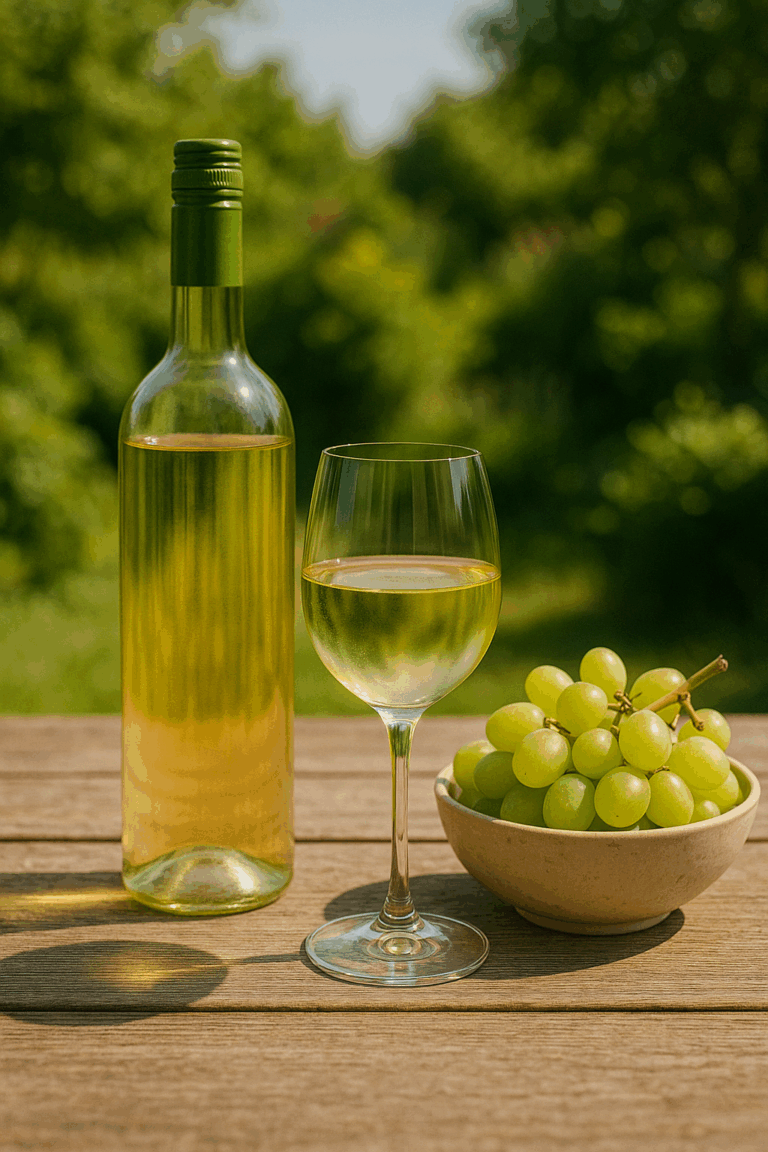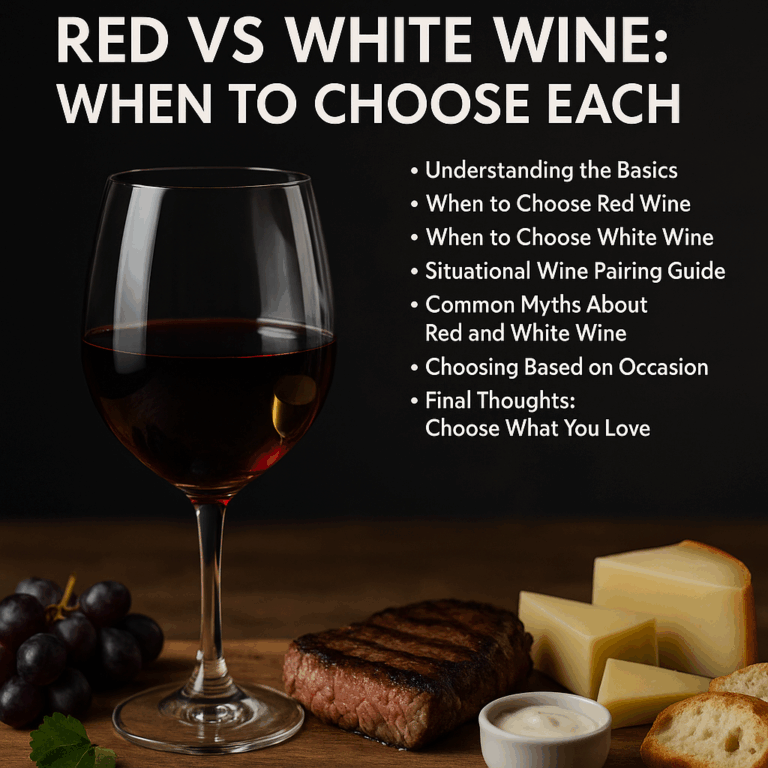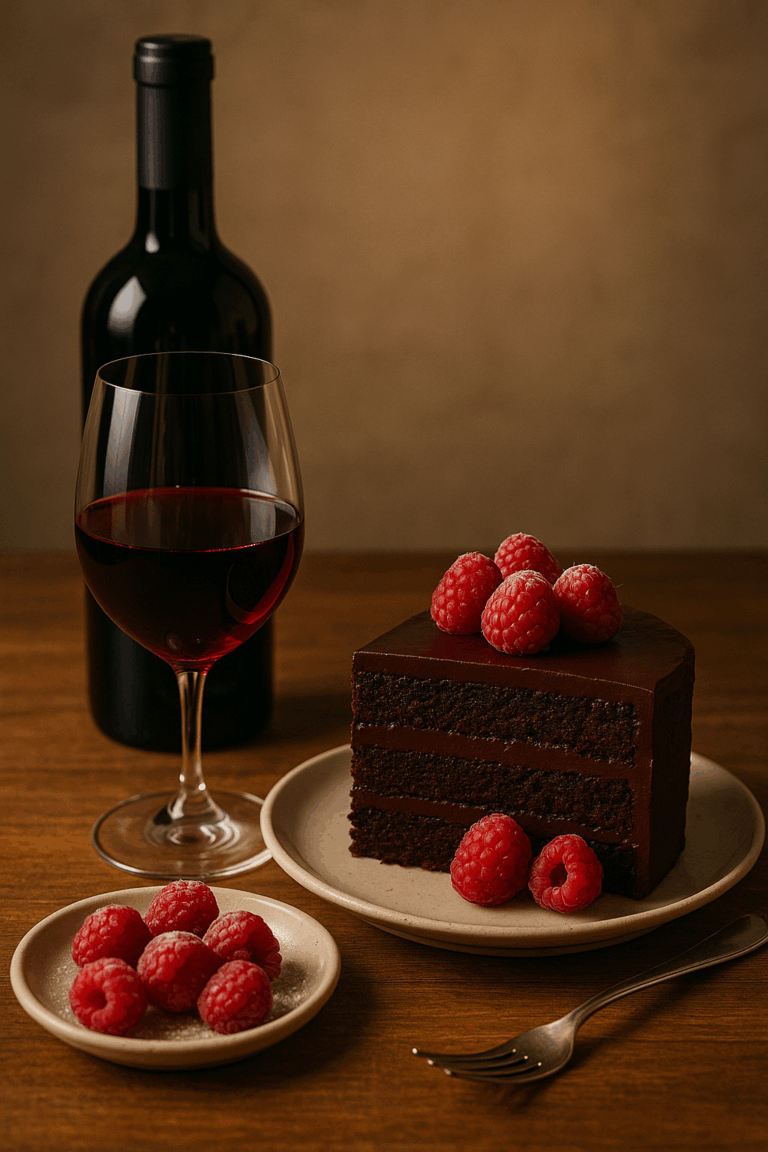Sparkling Wines: Champagne, Prosecco, and More
Few things symbolize celebration and elegance like a glass of sparkling wine. Whether it’s the refined luxury of Champagne or the playful pop of Prosecco, sparkling wines offer variety, versatility, and vibrant personality. But with so many options, how do you know which bottle to choose?
In this article, we’ll break down the major types of sparkling wine, how they’re made, and what makes each one unique so you can toast the moment with confidence.
What Is Sparkling Wine?
Sparkling wine is a style of wine that contains carbon dioxide (CO₂), giving it that effervescent fizz. The bubbles can be naturally created during fermentation or artificially added, though most quality sparkling wines undergo natural carbonation.
How Sparkling Wine Is Made
There are three main methods of producing sparkling wine, and each impacts the flavor, texture, and price:
1. Traditional Method (Méthode Champenoise)
- Used in: Champagne (France), Cava (Spain), and some U.S. sparkling wines
- Second fermentation occurs in the bottle
- Aged on lees (dead yeast cells) for flavor and complexity
Characteristics: Fine bubbles, bready and nutty notes, long aging potential
2. Tank Method (Charmat Method)
- Used in: Prosecco (Italy), Lambrusco
- Second fermentation happens in large stainless steel tanks
- Bottled under pressure to preserve bubbles
Characteristics: Fruity, fresh, youthful, larger bubbles
3. Carbonation Method
- CO₂ is injected into still wine, similar to soda
- Least expensive and least complex option
Characteristics: Simple, large bubbles, often sweet or semi-sweet
Types of Sparkling Wine Around the World
Champagne (France)
- Region: Champagne (and only wines from this region can legally be called Champagne)
- Grapes Used: Chardonnay, Pinot Noir, Pinot Meunier
- Flavor Profile: Yeasty, toasty, citrus, apple, almond
- Sweetness Levels:
- Brut Nature (bone dry)
- Extra Brut
- Brut (most popular)
- Extra Dry (ironically, sweeter than Brut)
- Demi-Sec (noticeably sweet)
Best For: Formal occasions, gifting, aging, seafood, fried foods
Prosecco (Italy)
- Region: Veneto, mostly from the Glera grape
- Flavor Profile: Pear, green apple, melon, white flowers
- Production: Tank method
- Style: Light, crisp, approachable, often dry or off-dry
Best For: Casual parties, brunch, aperitifs, light dishes
Cava (Spain)
- Region: Primarily Catalonia
- Grapes Used: Macabeo, Xarel-lo, Parellada
- Production: Traditional method
- Flavor Profile: Citrus, green apple, toasty almond, herbal
Best For: Excellent value alternative to Champagne, tapas, shellfish
Crémant (France)
- Regions: Various (e.g., Crémant de Loire, Crémant de Bourgogne)
- Grapes Used: Vary by region
- Production: Traditional method
- Flavor Profile: Balanced, with notes of apple, toast, and minerality
Best For: Budget-friendly elegance, French cuisine, picnics
Sekt (Germany and Austria)
- Grapes Used: Riesling, Pinot Blanc, others
- Flavor Profile: Floral, citrus, orchard fruit, light bubbles
- Style: Ranges from dry to sweet
Best For: Afternoon sipping, fruit-based desserts
Lambrusco (Italy)
- Type: Sparkling red wine
- Flavor Profile: Cherry, blackberry, rhubarb, sometimes sweet or semi-sweet
- Style: Light to medium body with frothy bubbles
Best For: Pizza, salami, barbecues
Sweetness Levels in Sparkling Wine
Here’s a guide to help decode the label:
| Label Term | Sugar (g/L) | Taste |
|---|---|---|
| Brut Nature | 0–3 g/L | Very dry |
| Extra Brut | 0–6 g/L | Dry |
| Brut | 0–12 g/L | Dry (most common) |
| Extra Dry | 12–17 g/L | Off-dry |
| Sec | 17–32 g/L | Slightly sweet |
| Demi-Sec | 32–50 g/L | Noticeably sweet |
| Doux | 50+ g/L | Very sweet |
How to Serve Sparkling Wine
- Temperature: Chill to 40–50°F (4–10°C)
- Glassware: Flute (for bubbles), tulip (for aroma), or white wine glass
- Opening Tip: Twist the bottle—not the cork—and keep a towel over the top for control
When to Drink Sparkling Wine
Despite its celebratory image, sparkling wine is incredibly versatile:
- Appetizers – Its acidity cuts through richness
- Brunch – Light and refreshing
- Fried foods – Bubbles cleanse the palate
- Desserts – Sweet styles complement fruity treats
- Everyday meals – Don’t save it just for special occasions
Sparkling Wine Food Pairings
| Food | Best Sparkling Wine Type |
|---|---|
| Oysters or sushi | Champagne or Crémant |
| Fried chicken | Brut Prosecco or Cava |
| Strawberries and cream | Demi-Sec Champagne |
| Charcuterie | Lambrusco or Crémant |
| Eggs Benedict | Brut Prosecco |
More Than Just a Toast
Sparkling wine isn’t just for weddings and New Year’s Eve it’s one of the most joyful and food-friendly wines available. From the luxury of Champagne to the playfulness of Prosecco and the surprising complexity of Cava and Crémant, there’s a bubbly out there for every budget, taste, and occasion.
Cheers to discovering them all.






